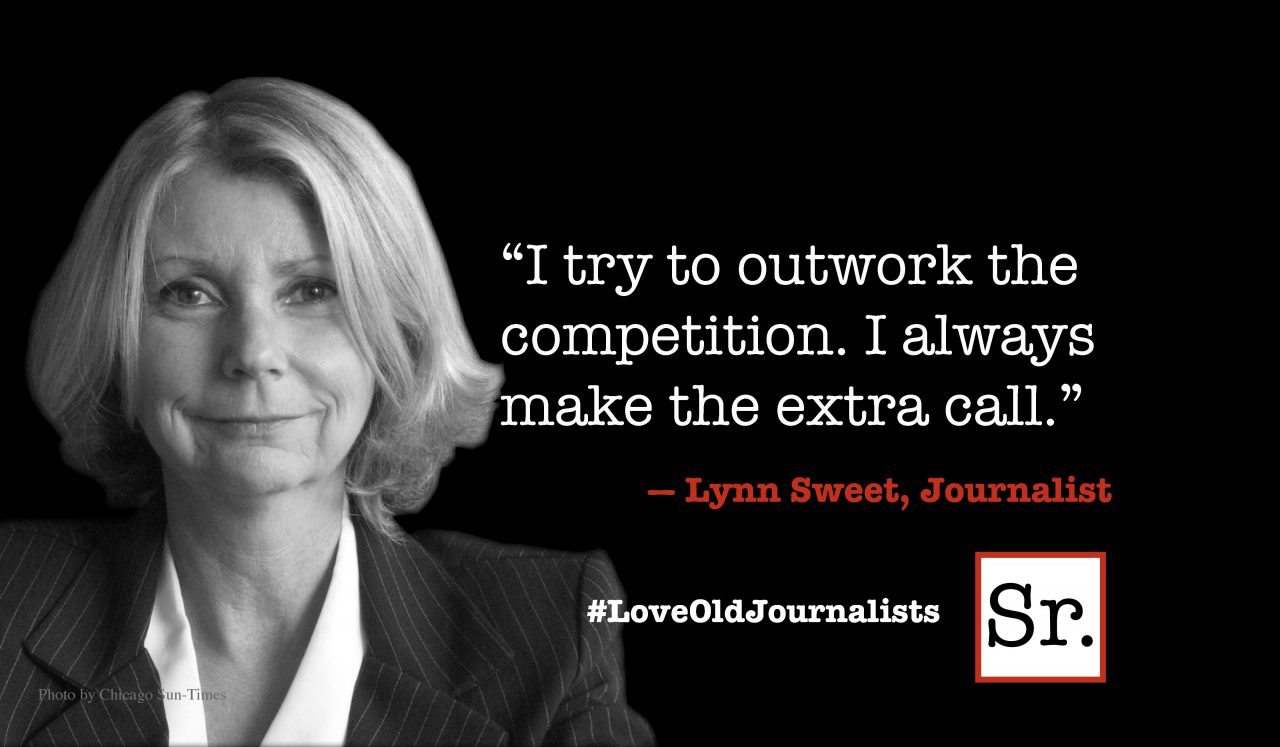The world is faced with what appears to be a fresh obscenity. It has become obvious that the Syrian government has deployed a chemical weapon against a civilian population. At this writing the exact nature of the device is unclear, but a red line has been crossed, and neither the United States nor other civilized nations can any longer sit back and ignore the attack. The weapon is probably some form of Sarin, which is a clear, colorless and tasteless liquid. It is made up of four common chemical compounds: dimethyl methylphosphonate, phosphorus trichloride, sodium fluoride and alcohol. Over a thousand children, babes in arms and innocent civilians all have had their lives sucked out of them.
President Obama will strike Syria, but will wait on Congress to debate the issue, even if he believes he has the authority as Commander and Chief to launch an attack. That now seems to be postponed while other negotiations are taking place. The American people are war weary, their dis-ease complicated by the sense that we went to war against Iraq on false premises. My personal hope is clear options other than a military attack can be found.
Chemically based WMDs are not new in warfare. In WW I, mustard gas was the chemical weapon of choice. Even though it was subsequently outlawed by the Geneva Convention, the US army admitted using mustard gas in Korea. Since N. Korean troops had no gas masks, it was particularly effective.
One evening when my wife and I were discussing the day’s news, she said, “What about Napalm?” Napalm was and is produced by the Dow Chemical Company. And it, along with other chemical compounds, is still being stockpiled by the American military. So as heinous as the Syrian use of Sarin may be, perhaps the United States might pause for a moment, recalling that a chemical weapon is any device made from standard chemicals and deliverable by a bomb or an explosive missile. Napalm, therefore, must be characterized as a chemical WMD.
Napalm is jellied gasoline. Its name is an acronym of naphthenic and palmitic acids, which are used in its manufacture. Napalm became notorious in Vietnam where it was used in three capacities. Possibly its most extensive use was being dropped from aircraft in large canisters which tumbled sluggishly to earth. Exploding on impact, they engulfed large areas in flame, sucking up all the oxygen and emitting intense heat, thick black smoke, and a smell which no one exposed to it will ever forget. Dropping napalm from high-speed jet aircraft was far from accurate, resulting in thousands of civilian casualties. A second use was in flamethrowers, which proved successful in clearing bunkers. If the flames could not be directed to penetrate the bunker, they could bathe the bunker in fire, consuming all the oxygen and suffocating those inside. Flamethrowers also were used in destroying "enemy" villages.
Throughout the duration of the war, 1965–1973, eight million tons of bombs were dropped over Vietnam; this was more than three times the amount deployed in WWII. A considerable potion of these bombs contained Napalm.
Agent Orange is a toxic chemical herbicide. It was one of the main chemical weapons employed during Operation Ranch Hand. This operation was intended to deprive Vietnamese farmers and guerilla fighters of clean food and water in hopes they would relocate to areas more heavily controlled by the U.S. By the end of the operation over twenty million gallons of herbicides and defoliants were sprayed over forests and fields in Vietnam, Laos and Cambodia.
Agent Orange is fifty times more concentrated than normal agricultural herbicides; this extreme intensity completely destroyed all plants in the area. Agent Orange not only had devastating effects on agriculture but also on people and animals. The Vietnam Red Cross recorded over 4.8 million deaths and 400,000 children were born with birth defects due to exposure to Agent Orange. The military use of Agent Orange was later determined to be in violation of the Geneva Convention.
While the Syrian government must be called to account for these latest attacks, any military response by the United States must be done with a certain humility when faced with our use of chemical weapons. While no one has a desire to refight the tragic war against Vietnam, neither do we have any self-righteous cause to stand in judgment on this obscene Syrian attack. What should be done? Perhaps there are no good answers.








